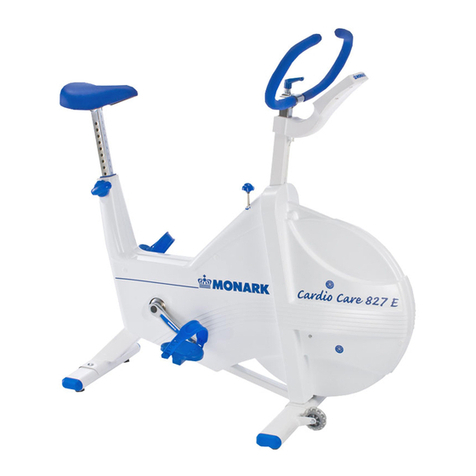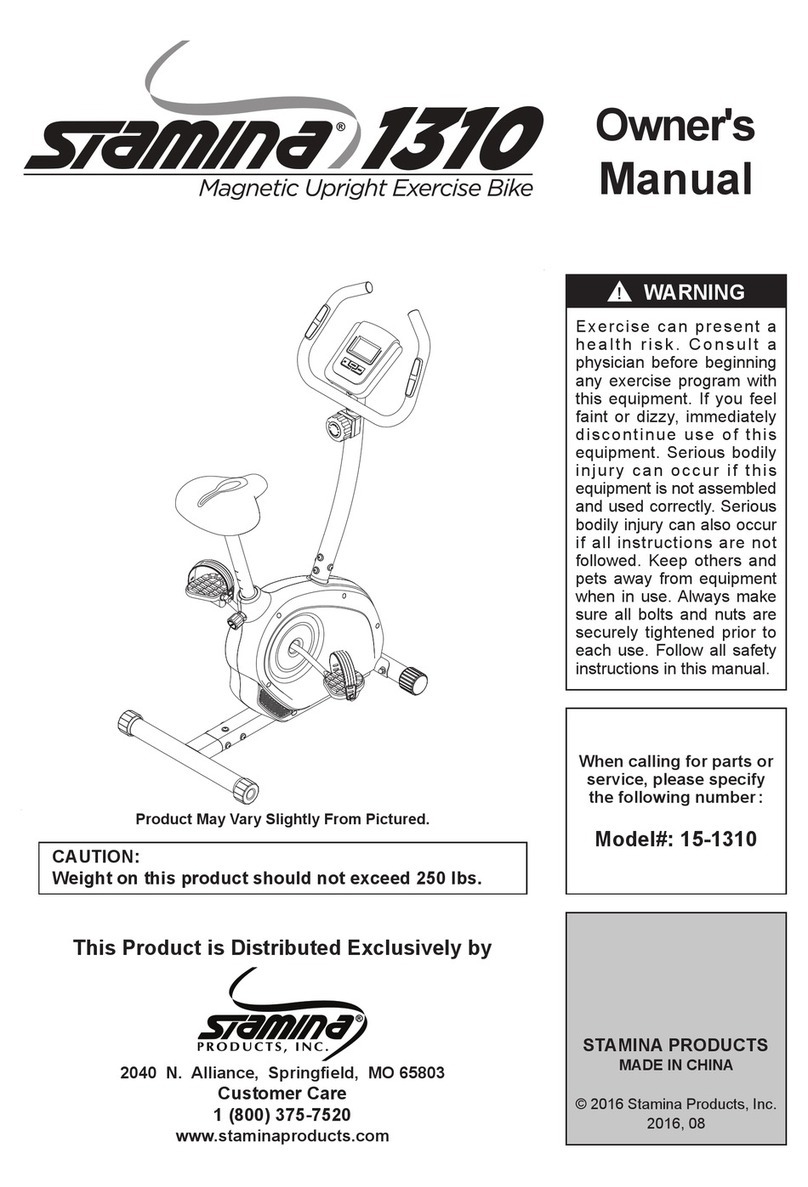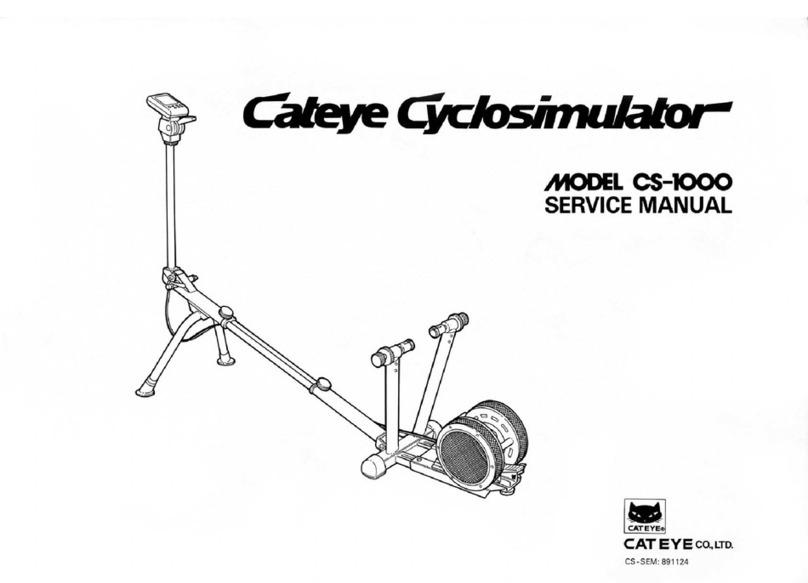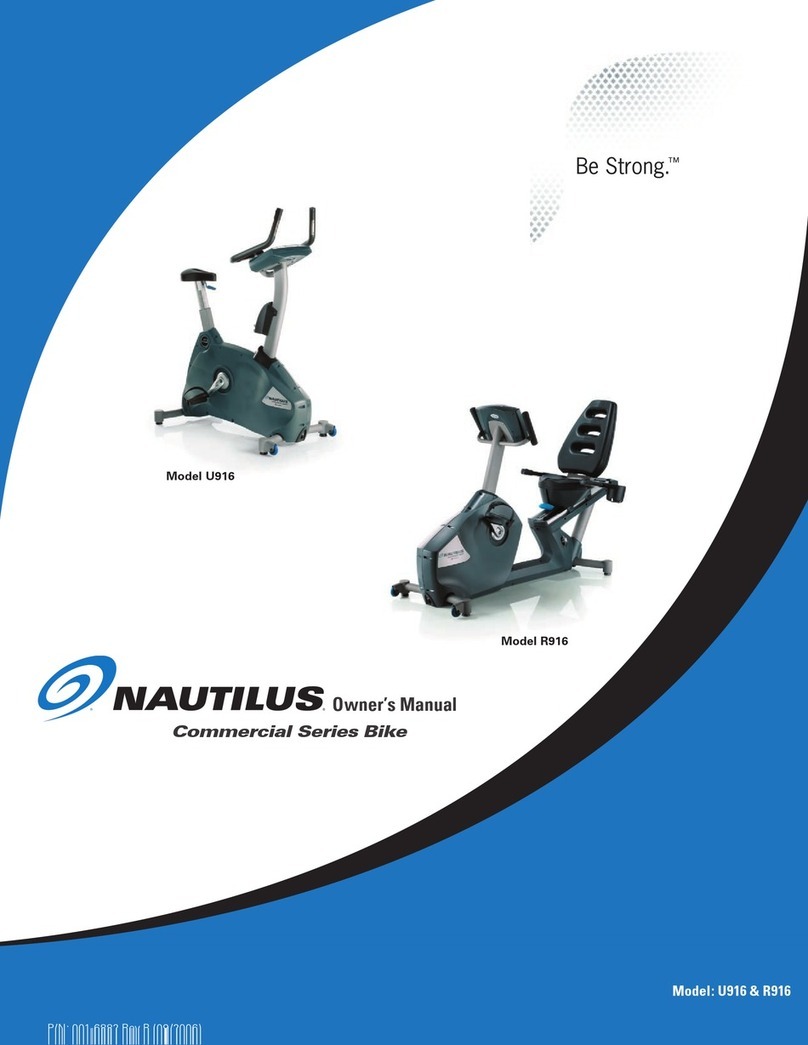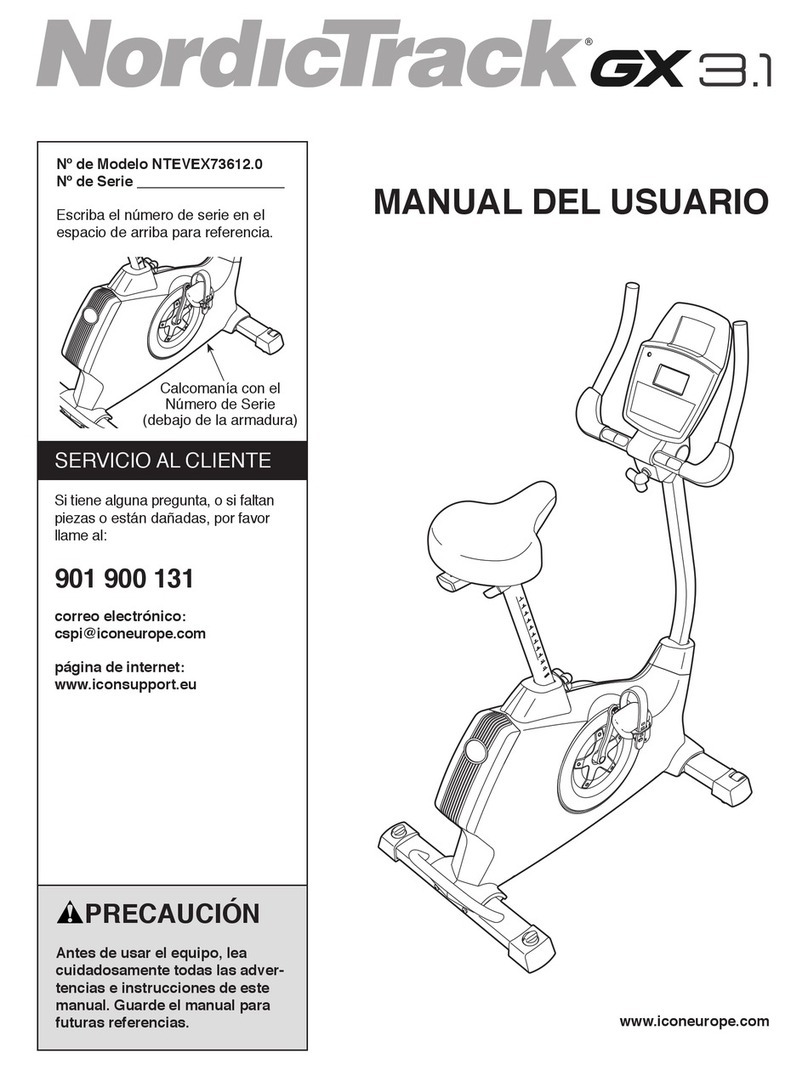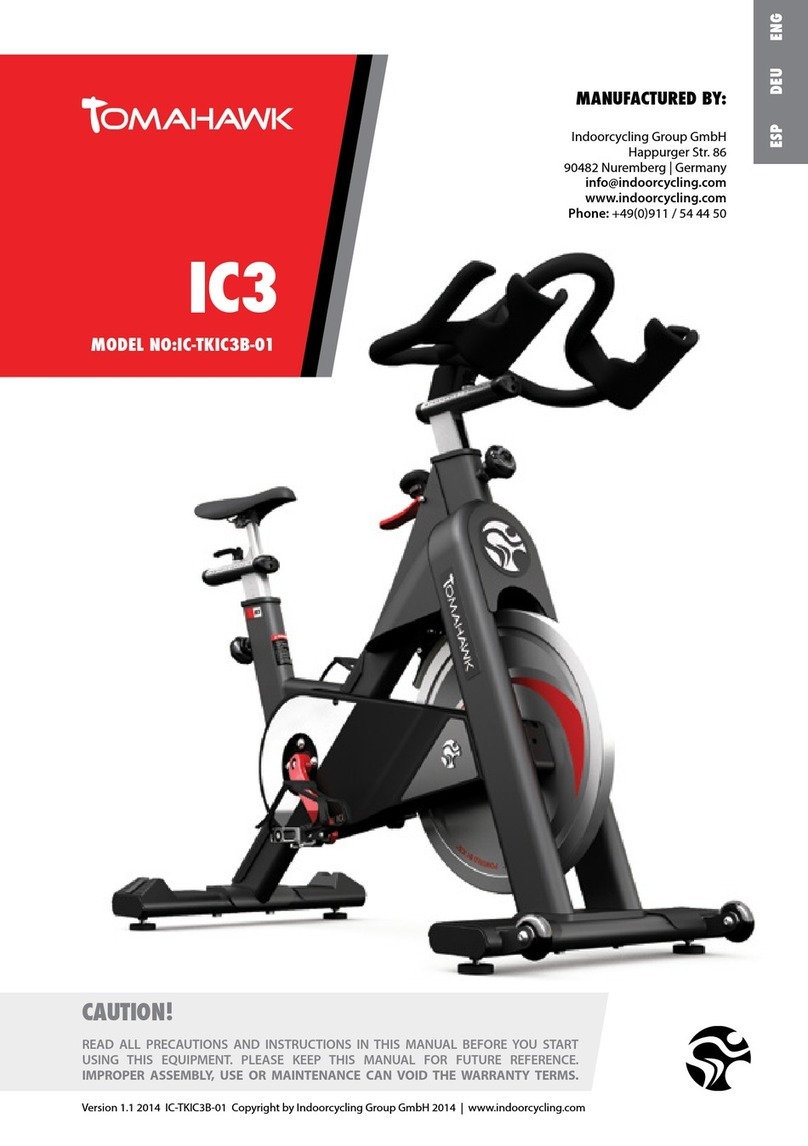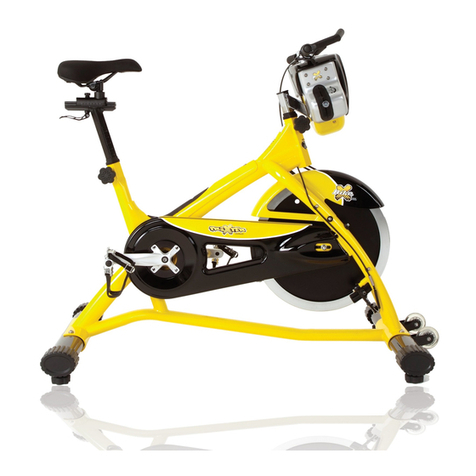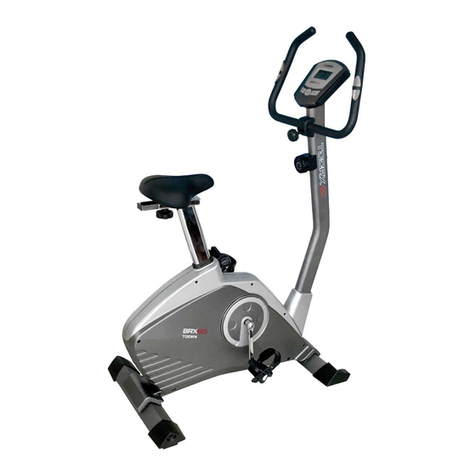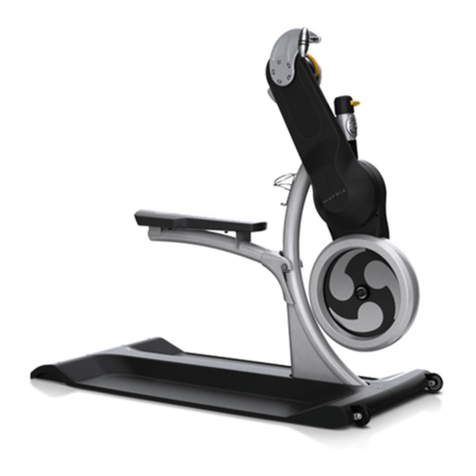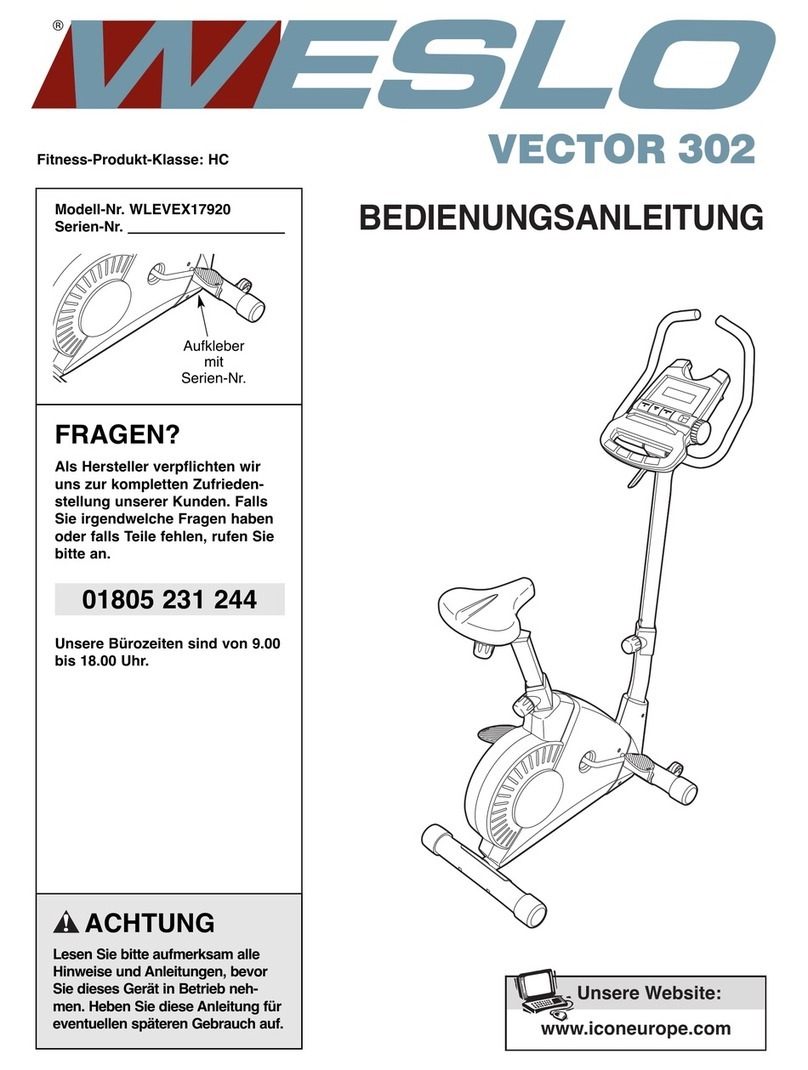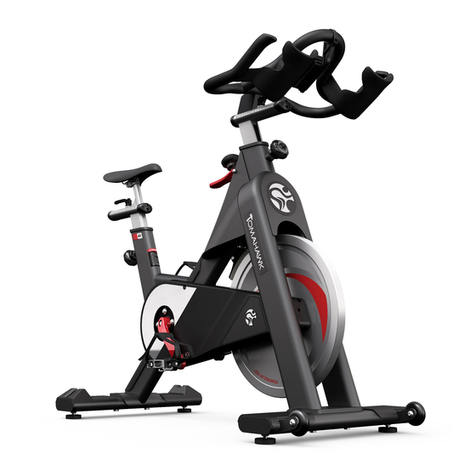
WARNING!
Do not tighten the QR skewer as if it is a screw, a nut, or a wing-nut when attaching the wheel to the fork. Take your bike to a professional bike shop and have them check the QR skewer adjustment
before your first ride. An improperly adjusted QR skewer can cause the front wheel to fall out of the forks potentially causing serious personal injury to the rider.
WARNING!
Adjusting or installing the stem with the minimum insertion mark showing outside of the frame could create a dangerous
condition allowing the stem to break causing the rider to lose control resulting in serious injuries to the rider (Fig. 5).
FRONT WHEEL
4
Your bicycle is equipped with a quick release wheel system (some models are front only)
Locate the quick release (QR) axle skewer in the small parts box. Unscrew and remove the Adjusting Nut from the skewer (Fig. 8), Remove one of the small cone-shaped springs and insert the skewer
through the hollow axle of the front wheel. Re-install the cone-shaped spring (small side towards the axle) and screw on the Adjusting Nut with just a few turns (Fig. 9)
Insert the wheel into the fork with the skewer lever on the left side of the fork. If your front brake does not allow for the front tire to fit between the brake shoes, flip-up the black release lever on the
brake arm to allow the brake to spread apart.
With the wheel quick-release lever open, tighten the skewer Adjusting Nut until it contacts the fork drop-out.
Test for proper adjustment by closing the quick-release lever. When properly adjusted, the lever should begin to clamp the fork at about the half-way point of lever travel (Fig. 10). If the lever clamps
the fork drop out before or after the halfway point of the lever travel, adjust by loosening or tightening the adjusting nut until the desired adjustment is reached.
Close the lever the rest of the way until it is pointing towards the back of the bike. There should be considerable resistance from the lever when closing it all the way (Fig. 11). If there is too much or too
little resistance, adjust by loosening or tightening the adjusting nut until the desired resistance is reached.
Be sure the wheel is centered in the fork before you tighten the quick-release skewer (Fig. 12).
1.
2.
3.
4.
5.
HANDLEBAR CENTER DIRECTION
Make sure the front fork is facing forward (Fig. 1).
You may have to loosen the stem bolt a few turns using the hex wrench (Fig. 6).
Align the stem/handlebars with the centerline of the front wheel/tire and fork dropouts (Fig. 7)
1.
2.
3.
Adjusting Nut
Lever
Tire
Align handlebars
7
98 10 11 12
1/2 way
Closed/
Locked
3

